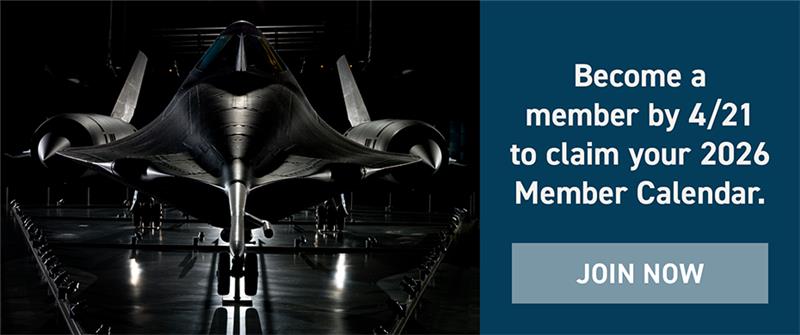
Stories of daring, stories of technological feats, stories of prevailing against the odds ... these are the stories we tell at the National Air and Space Museum. Dive in to the stories below to discover, learn, and be inspired.
Showing 81 - 90 of 500

October 13, 2022
On October 4, 1957 the Soviet Union successfully launched the first artificial Earth satellite, Sputnik. For some, Sputnik's launch inspired an interest in rocketry and brought many scientists into the space industry. One of those people was Homer Hickam, a high schooler in a small West Virginia mining town who would go on to work for NASA, write a memoir, and inspire a movie. On today’s episode we unpack that film – October Sky.
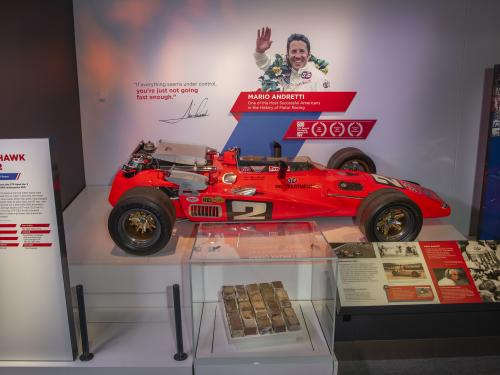
October 06, 2022
As Mario Andretti's 1969 Indy 500-winning race car goes on display at the National Air and Space Museum, we reflect on his against-all-odds win and legacy in the motorsports community.
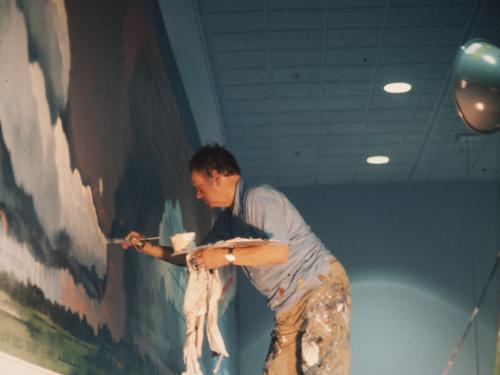
September 30, 2022
With the Museum’s west-end galleries re-opening, two murals by artist Eric Sloane will be on display. The Earth Flight Environment mural was re-installed in the lobby and a lesser-known mural titled Weather Mural is displayed again for the first time in almost 40 years. Both murals emphasize artist Eric Sloane’s integral role in communicating the relationship between weather and flight through art.
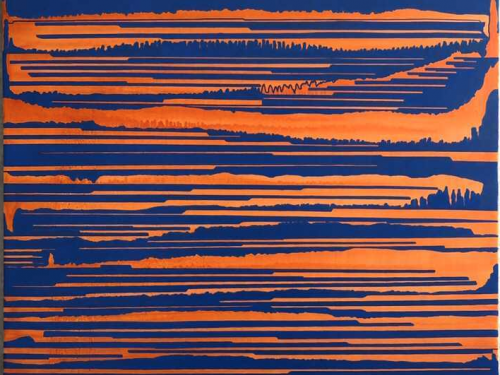
September 28, 2022
Museum curator Matt Shindell interviewed artist Rafael Vargas-Suarez, whose work engages with spaceflight, space technologies, and human futures. Examine his various artwork and what he has to say.
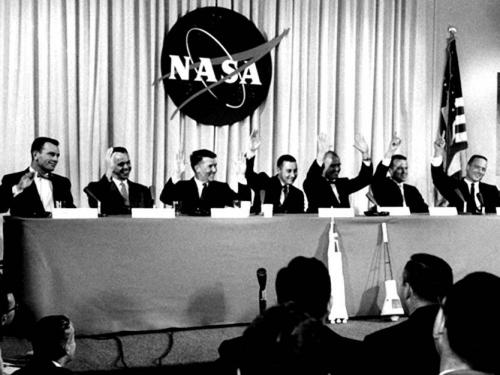
September 22, 2022
In the late 1950s, he United States and the Soviet Union were locked in a competition for global influence and prestige—the Cold War—and began to compete on a new frontier: space. Both nations started programs to send humans into space. In the United States, that program was Project Mercury.

September 21, 2022
Al Casby is not only working to restore a Vought F7U Cutlass, but its reputation as well.
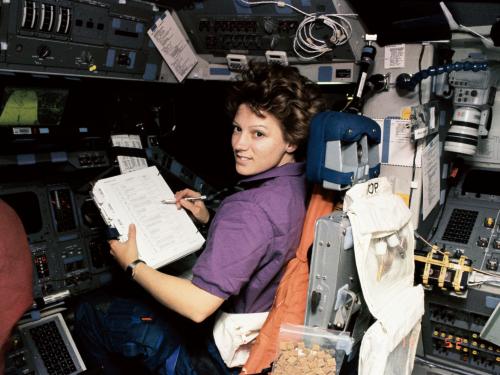
September 21, 2022
Eileen M. Collins, a retired U.S. Air Force colonel, was the first woman to be the pilot on a NASA space shuttle flight. She recently spoke with Air & Space Quarterly senior editor Diane Tedeschi.

September 21, 2022
Bruce Campbell is a senior scientist at the National Air and Space Museum’s Center for Earth and Planetary Studies, where he studies the surface and subsurface geology of the moon, Mars, Venus, and the icy moons of the outer planets.
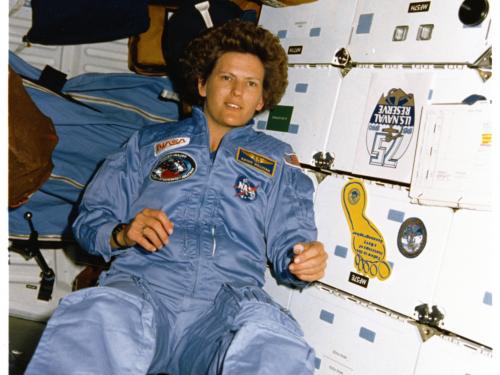
September 17, 2022
Beyond Kathryn D. Sullivan's years as an astronaut, she ventured into many other fields of work and study. Sullivan is a trained scientist with a Ph.D. in geology, who has conducted extensive oceanographic research on the floors of the Atlantic and Pacific Oceans. She has also served in the U.S. Naval Reserve (USNR) and as the National Oceanic and Atmospheric Administration (NOAA) Administrator.

August 25, 2022
In 1971 an Apollo 14 astronaut took about 500 tree seeds into orbit around the Moon. When he got back, those seeds were distributed, germinated, and planted all around the United States. And then… they were mostly forgotten about, even by NASA. That is, until the mid-1990s when a teacher at a Girl Scout camp in Indiana wondered what was up with this “Moon Tree” at her local camp. On this episode, we speak with the NASA planetary scientist who received her question, and as a result, started a database to track down the Moon Tree locations. Today, there are 67 known, living, first generation Moon Trees all over the United States – maybe even in your town!
